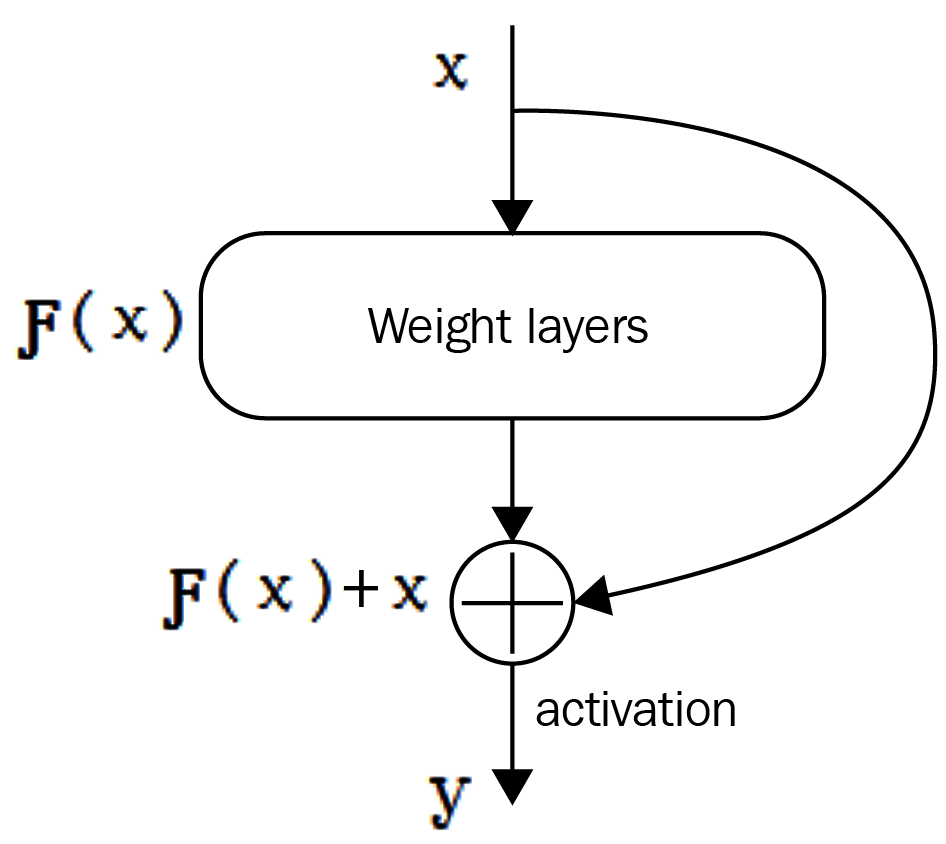In the previous chapter, we learned that, as the number of images available in the training dataset increased, the classification accuracy of the model kept on increasing, to the extent where a training dataset comprising 8,000 images had a higher accuracy on validation dataset than a training dataset comprising 1,000 images. However, we do not always have the option of hundreds or thousands of images, along with the ground truths of their corresponding classes, in order to train a model. This is where transfer learning comes to the rescue.
Transfer learning is a technique where we transfer the learning of the model on a generic dataset to the specific dataset of interest. Typically, the pre-trained models used to perform transfer learning are trained on millions of images (which are generic and not the dataset of interest to us) and...



